Exploring the Art of Precision Crafting with CNC Engravers in Modern Design Projects
In the realm of modern design, the integration of technology and artistry has led to the emergence of innovative tools that enhance creativity and precision. Among these, the CNC engraver stands out as a transformative instrument, enabling designers to push the boundaries of their craft. This essay delves into the art of precision crafting with CNC engravers, exploring how these machines revolutionize design projects across various industries.
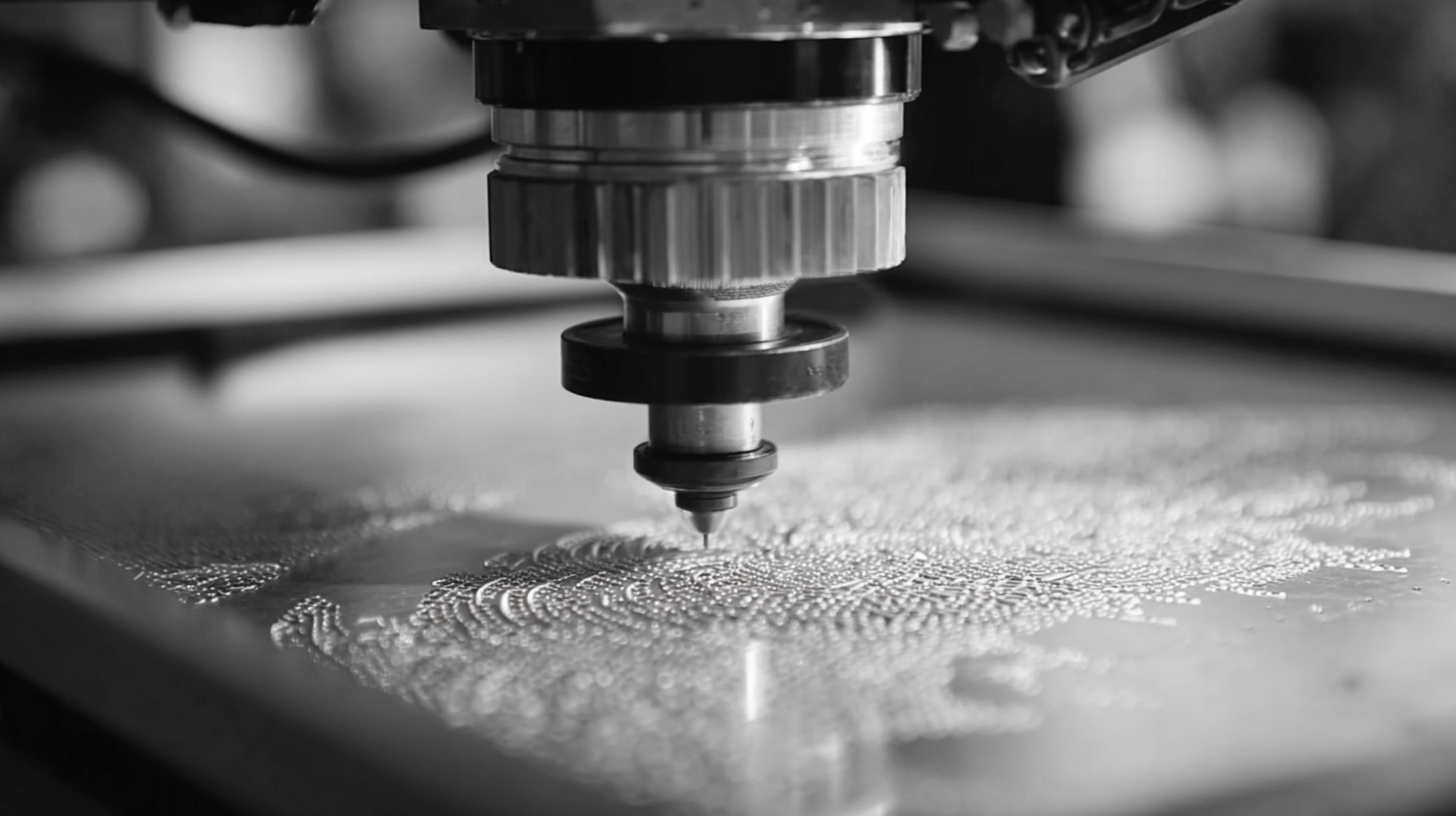
CNC engravers have become invaluable assets for artists and designers alike, providing unparalleled accuracy and consistency. Whether working with wood, metal, or plastic, these devices facilitate intricate detailing that was once only achievable through manual labor. As we explore the capabilities of CNC engravers, we will also examine their impact on contemporary design processes and how they inspire a new wave of creativity in both professional and hobbyist circles.
The marriage of traditional techniques with cutting-edge technology not only elevates the aesthetic quality of design projects but also streamlines production workflows. As we dive deeper into the world of CNC engraving, we will uncover the significance of precision crafting in advancing modern design, ultimately showcasing the versatility and potential of this remarkable tool in shaping the future of creativity.
The Evolution of CNC Engraving Technology in Design
The evolution of CNC engraving technology has dramatically reshaped the landscape of modern design projects. Initially introduced in the 1950s, CNC (Computer Numerical Control) systems have advanced from basic milling and routing to highly sophisticated engraving technologies capable of executing intricate designs with high precision. According to a report by MarketsandMarkets, the global CNC machine market is expected to grow from USD 67.12 billion in 2021 to USD 92.83 billion by 2026, emphasizing the increasing integration of CNC technology in various sectors, including design.
One of the primary advantages of modern CNC engravers is their ability to produce repeatable and intricate designs that would be nearly impossible to achieve through traditional methods. Improvements in software and hardware have led to the development of advanced 3D modeling and engraving capabilities, allowing designers to push the boundaries of creativity. For instance, many industries now utilize laser engravers that can work on materials ranging from wood to metal with utmost precision, enhancing both aesthetics and functionality.
Tips: When working with CNC engravers, always ensure your design files are in compatible formats like DXF or SVG to avoid conversion issues. Additionally, selecting the right speed and feed rate for the material you are using is crucial for achieving high-quality results without damaging the workpiece. Lastly, regularly updating your software can provide access to the latest features, improving efficiency and design capabilities.
Key Features of CNC Engravers That Enhance Precision
The precision offered by CNC engravers is revolutionizing modern design projects across various industries. One of the key features that enhance this precision is the advanced laser technology employed in these machines. For instance, the latest innovations in laser engraving equipment include models with significantly increased wattage, allowing for superior cutting capabilities that can handle intricate designs with ease. This is evidenced by industry projections, indicating that the global CNC machine market is expected to grow from $101.22 billion in 2025 to $195.59 billion by 2032, marking a CAGR of 9.9% during this period.
Moreover, the integration of open-source software like GRBL enhances the control and efficiency of CNC operations, making it accessible for users at all levels. This software enables precise movements and detailed engravings, crucial for intricate design work. Additionally, newer models come equipped with features such as extended lifespan and enhanced connectivity, ensuring that creators can maintain high productivity without compromising on quality. As the technology continues to evolve, the impact of CNC engravers on precision crafting in modern design projects becomes increasingly significant.
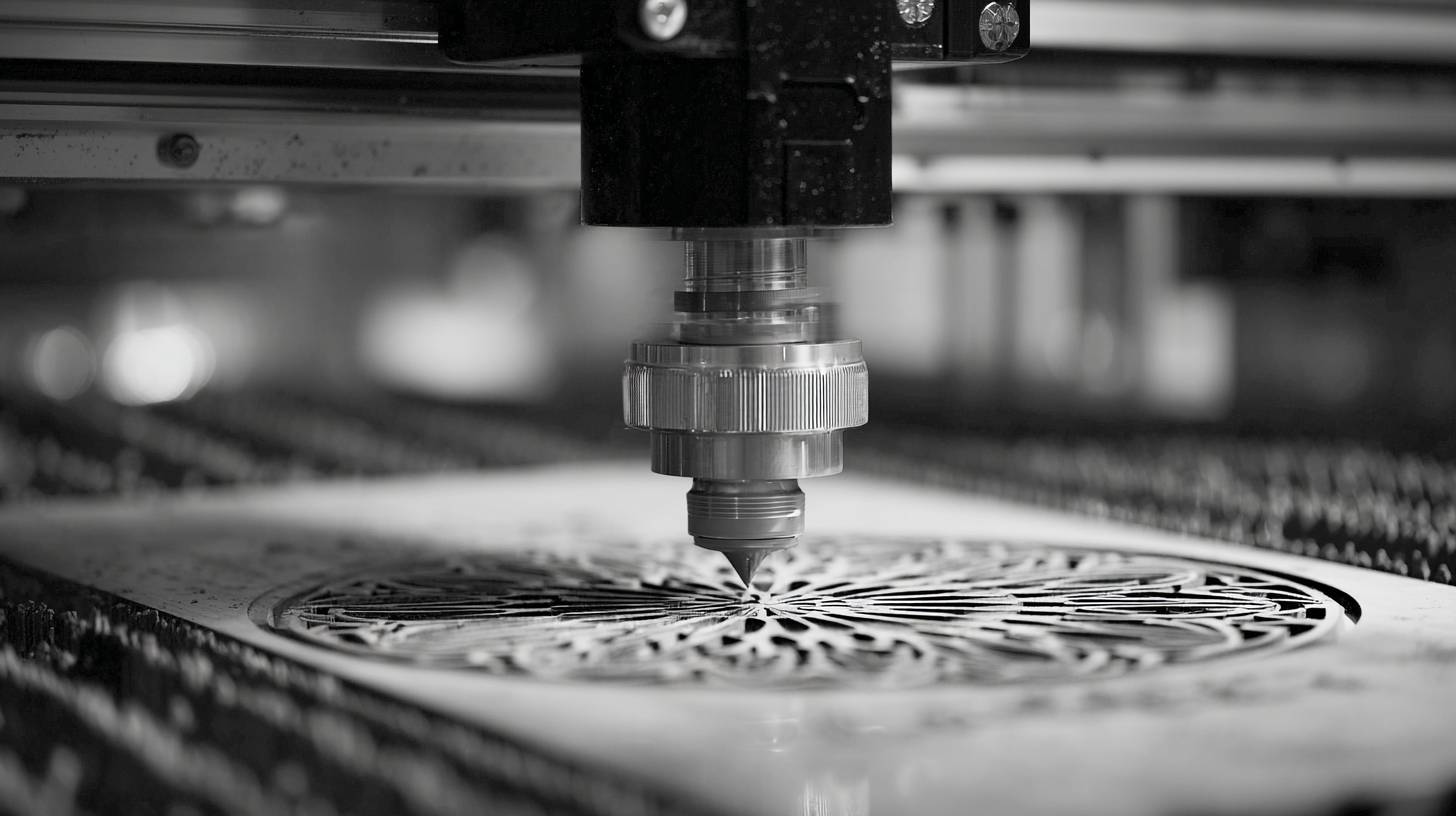
Creative Applications of CNC Engraving in Modern Design
CNC engraving has emerged as a transformative tool in modern design, offering creative applications that cater to a vast range of projects. From personalized gifts to intricate architectural elements, CNC engravers allow designers to push the boundaries of creativity while ensuring precision. The recent introduction of advanced CNC machines, such as laser engravers that combine multiple functionalities, exemplifies how technology is elevating the crafting process. These innovations provide opportunities for both hobbyists and professionals to explore new artistic expressions and elevate their design projects.
Furthermore, as the demand for unique and customizable products continues to grow, the potential for profitable CNC projects in 2025 is significant. Creators can tap into niche markets by developing bespoke items, from home decor to functional art pieces. Tools that simplify the design process, such as AI-driven software that generates project files for engraving, empower makers to harness their creativity and bring their ideas to life efficiently. In this dynamic landscape, the intersection of art and technology is paving the way for endless possibilities in modern design.
Exploring the Art of Precision Crafting with CNC Engravers in Modern Design Projects - Creative Applications of CNC Engraving in Modern Design
| Application Area | Material Used | Design Complexity | Precision Level (mm) | Project Example |
|---|---|---|---|---|
| Architectural Models | Acrylic | High | 0.1 | Scale models for presentations |
| Signage | Wood | Medium | 0.5 | Directional signs in parks |
| Personalized Gifts | Bamboo | Low | 0.3 | Custom engraved photo frames |
| Industrial Parts | Aluminum | High | 0.02 | Components for machinery |
| Art Installations | Stone | Very High | 0.01 | Engraved stone sculptures |
Top Materials for CNC Engraving Projects: A Comprehensive Guide
CNC engraving has gained significant traction in modern design projects, largely due to precision and versatility. When it comes to choosing the right materials for CNC engraving, several options stand out. According to a report by MarketsandMarkets, the global CNC machining market is projected to reach $117.93 billion by 2025, underscoring the increasing reliance on materials that can yield high-quality engraving results. Among the top materials, acrylic has emerged as a favorite due to its ease of cutting and engraving, making it suitable for everything from signage to decorative pieces.
Wood remains a classic choice, reflecting a blend of traditional craftsmanship and contemporary design. Hardwoods like maple and oak not only provide durability but also allow for intricate detail in engravings. A 2021 study published in the Journal of Materials Processing Technology highlights that CNC engraving on hardwoods achieves a superior finish with minimal post-processing, an essential consideration for designers seeking efficiency. Additionally, metals such as aluminum and brass are also favored for industrial applications due to their strength and the ability to withstand rigorous usage without compromising on aesthetic appeal. Thus, selecting the right material is crucial to achieving desired outcomes in CNC engraving projects.
Materials Used in CNC Engraving Projects
Future Trends in CNC Engraving and Their Impact on Design Projects
The future of CNC engraving is set to revolutionize design projects across various industries. According to a report by Research and Markets, the global CNC engraving machine market is projected to grow at a CAGR of 6.9% from 2021 to 2027, driven by advancements in technology and increasing demand for precision in manufacturing. As designers increasingly integrate CNC engraving into their processes, they can achieve unparalleled customization and accuracy, allowing for intricate designs that were once labor-intensive to create.
Incorporating CNC engraving into design workflows not only enhances the aesthetic value but also improves efficiency. For instance, companies utilizing CNC technology report a reduction in production time by as much as 30%, according to the International Journal of Advanced Manufacturing Technology. This newfound ability to swiftly execute complex designs means that designers can explore more innovative ideas while adhering to tighter deadlines, thereby fostering creativity and growth within design projects.
**Tips:** To get started with CNC engraving in your projects, consider investing in training resources or workshops to familiarize your team with the technology. Collaboration with CNC experts can also streamline the initial learning curve, ensuring quality output. Lastly, always stay updated on emerging software solutions that can optimize design patterns, further enhancing precision and efficiency in your crafting process.

Related Posts
-
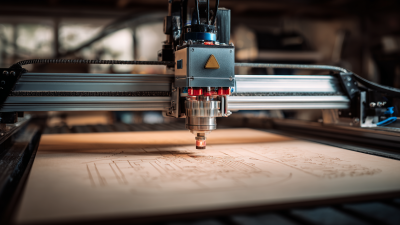
The Ultimate Guide to Choosing the Best CNC Engraver for Your Projects
-

Unlocking the Future of Manufacturing Through Laser Machining Innovations and Trends
-
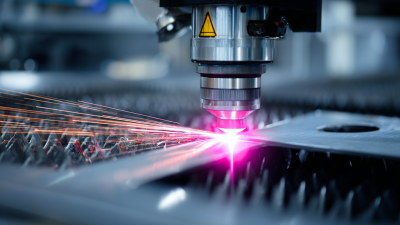
Emerging Trends in Stainless Steel Laser Cutting Technologies at the 138th Canton Fair 2025 in China
-
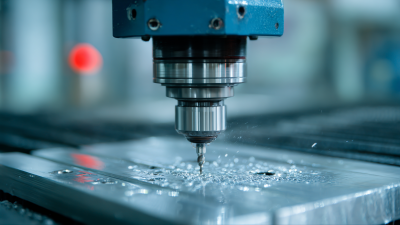
What is the Advantage of Using a CNC Router for Your Business
-
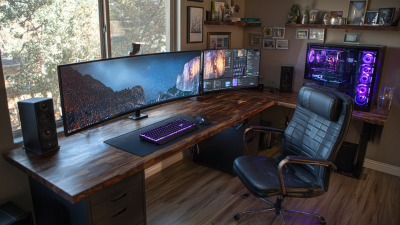
Maximize Your Workspace: The Ultimate Guide to Choosing the Perfect Cutting Table
-

The Ultimate Guide to Choosing the Right CNC Router for Your DIY Projects

